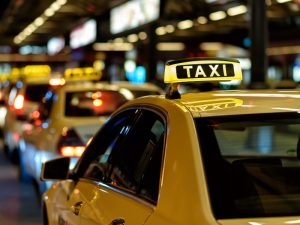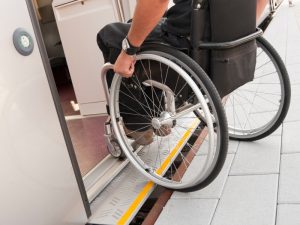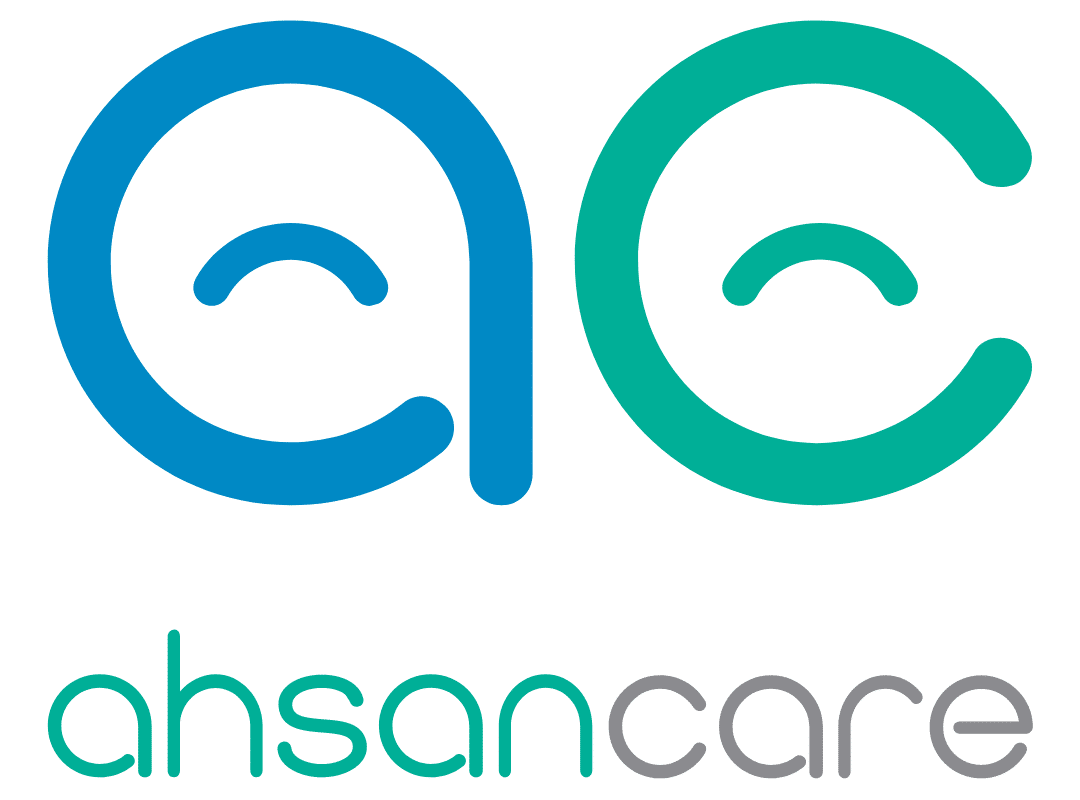Transport is an essential part of daily life, but for individuals with disabilities, accessing various transport modes can pose significant challenges. While public and private transport options have improved over the years, many still present barriers for those with mobility issues or other disabilities. This article will explore the most challenging transport modes for accessibility and how individuals can overcome these obstacles.
What are the accessibility challenges of public transport for individuals with disabilities?
Public transport can be a lifeline for many people, offering freedom and convenience. However, it is not always designed with accessibility in mind. Common challenges include:
- Lack of ramps and lifts: Many older trains, trams, and buses don’t have ramps or accessible lifts, making it difficult for people in wheelchairs or with mobility impairments to board.
- Narrow doorways: Some public transport vehicles have doorways that are too narrow for wheelchairs or mobility scooters to fit through.
- Insufficient space for mobility aids: Some vehicles do not provide enough room for a wheelchair, scooter, or walker, leaving individuals without enough space to travel comfortably.
- Inadequate information: Many public transport systems lack clear, accessible signage or audio announcements for people with vision or hearing impairments.
How do buses, trains, and trams compare in terms of transport accessibility?
When it comes to accessibility, different types of public transport vary in terms of the challenges they present. Here’s a comparison:
- Buses:
- Positive: Newer buses are equipped with ramps or low floors to make boarding easier.
- Challenges: Not all buses are wheelchair accessible, and some routes may not have enough space for mobility aids.
- Trains:
- Positive: Many modern train stations have lifts and ramps, and newer trains are designed with accessibility in mind.
- Challenges: Older stations and trains may still be inaccessible, with no lifts or ramps to accommodate passengers with mobility impairments.
- Trams:
- Positive: Some newer trams have low floors that allow easier access.
- Challenges: Similar to buses, older trams may lack the necessary features for people with mobility issues.
Ensuring that accessible public transport is available for individuals with disabilities requires consistent updates to existing infrastructure and vehicles to provide equal travel opportunities.
Why are taxis and rideshares often inaccessible for people with mobility issues?
Taxis and rideshare services can provide flexibility and convenience, but they present their own set of accessibility challenges:
- Vehicle availability: Not all taxis and rideshare vehicles are wheelchair accessible, making it difficult to find an appropriate vehicle on demand.
- Driver assistance: Drivers may not always be equipped or trained to assist with mobility aids, such as helping passengers in and out of vehicles.
- Space constraints: Many standard vehicles don’t have enough space to accommodate wheelchairs, scooters, or other mobility devices.

Is air travel the most difficult mode for transport accessibility?
Air travel is often considered one of the most challenging forms of transport for individuals with disabilities due to the following factors:
- Limited space: Airplanes are cramped, making it difficult for those using mobility devices to move or sit comfortably.
- Long wait times: Passengers with disabilities may face longer wait times for assistance, particularly at busy airports.
- Lack of support: Boarding and disembarking assistance can be inconsistent at some airports.
- Special equipment: Storing or transporting mobility aids during flights can be challenging.
- Lack of accessible amenities: Accessible restrooms, seating, and other facilities may be limited.
Are water transport options, like ferries, accessible for people with disabilities?
Water transport, such as ferries, also presents significant challenges for people with disabilities:
- Access to vessels: Many ferries do not have the proper access points, making it difficult for wheelchair users or people with limited mobility to board.
- Space limitations: Once aboard, many ferries lack the necessary space for individuals with mobility aids, limiting comfort and safety.
- Unpredictable conditions: Water transport can be less predictable than other modes, with weather conditions and tides sometimes affecting accessibility.
How can transport accessibility be improved for wheelchair users?
For wheelchair users, transport accessibility can be a significant concern. Here are some ways to improve accessibility:
- Low-floor buses and trams: Ensuring that buses and trams are equipped with low floors or ramps can help wheelchair users access public transport more easily.
- Accessible taxis and rideshares: Increasing the availability of vehicles equipped with ramps or lifts for wheelchairs would make taxis and rideshare services more accessible.
- Better staff training: Training drivers and airport staff on how to assist individuals with mobility issues can improve the travel experience.
- Accessible infrastructure: Investing in accessible stations, airports, and terminals with ramps, lifts, and clear signage is essential for improving wheelchair accessibility and overall transport inclusivity.

What role does infrastructure play in enhancing transport accessibility?
Infrastructure plays a crucial role in improving accessibility for people with disabilities. The following factors are key:
- Ramps and lifts: Installing ramps and lifts at train stations, bus stops, and airports is essential for ensuring that people with mobility impairments can easily access transport.
- Clear signage: Accessible signage, including visual and audio cues, helps individuals with vision or hearing impairments navigate transport systems.
- Improved station design: Designing transport stations to accommodate people with disabilities, including wider doors, accessible toilets, and seating, improves overall access.
- Maintenance of equipment: Regular maintenance of accessible features, such as lifts and ramps, ensures that they are always in working order.
How can tailored assistance make transport more accessible for individuals with disabilities?
Tailored assistance can make a significant difference for individuals with disabilities when partnering with transport and travel service providers. Here are a few ways to improve accessibility:
- Personalised support: Offering one-on-one assistance, such as helping individuals board transport or navigate stations, can make a big difference.
- Accompaniment services: Providing someone to travel with a person with disabilities to assist them through challenging transport systems.
- Flexible transport options: Offering a range of transport options, including accessible taxis or rideshare services, allows individuals to choose the mode of transport that best suits their needs.
Enhancing accessibility in transport
Improving transport accessibility is essential for individuals with disabilities, allowing them to live independent, fulfilling lives. While challenges remain across various modes of transport, infrastructure improvements, better planning, and personalised assistance can make a significant difference.
At Ahsan Care Provider, we understand the importance of transport in enabling independence for individuals with disabilities. Ahsan Care Provider improves transport accessibility for individuals with disabilities, Assists with travel and transport arrangements and assists with NDIS funding. At Ahsan Care Provider, we tailor transportation support plans to each client’s unique needs, working closely to address their specific challenges. Through our tailored support services, we aim to help you navigate these challenges and live your best life. Contact Ahsan Care Provider today to learn more about how we can assist with your NDIS needs and ensure greater mobility and freedom.


